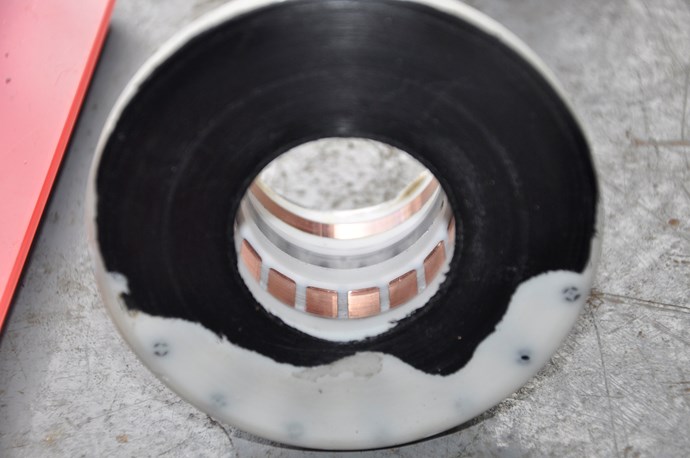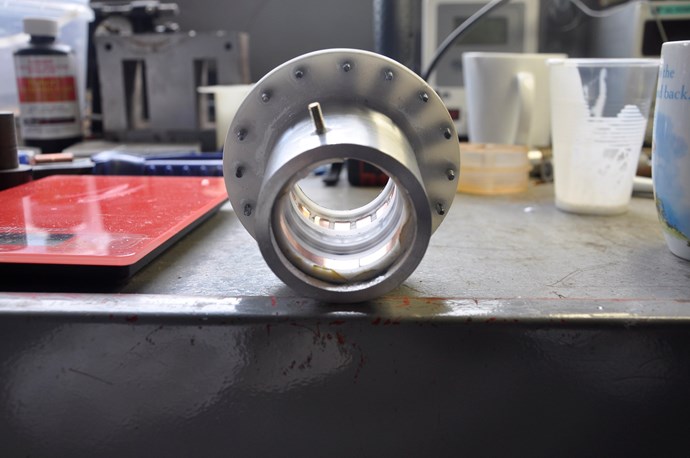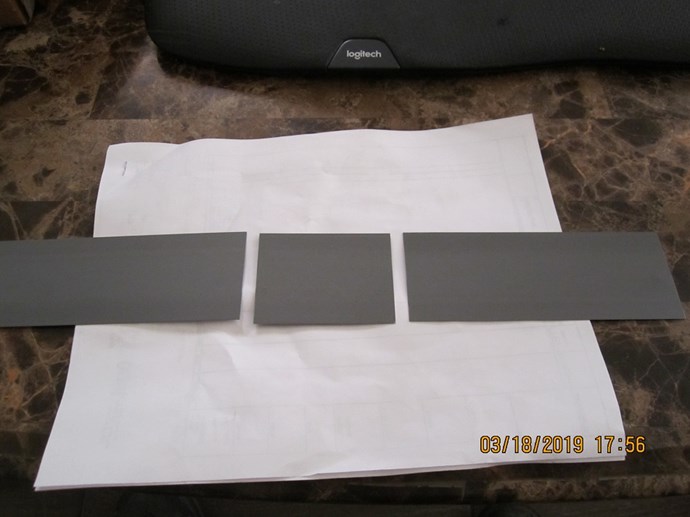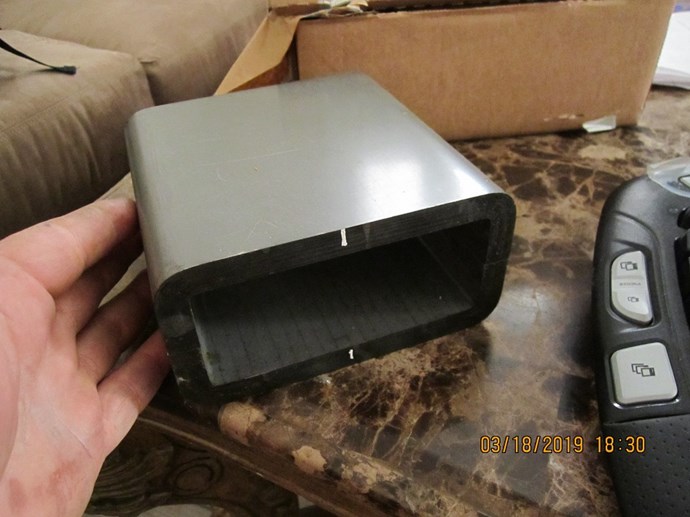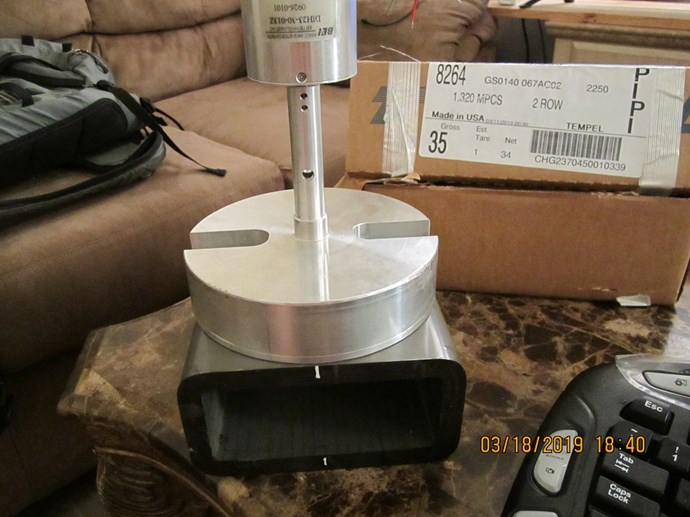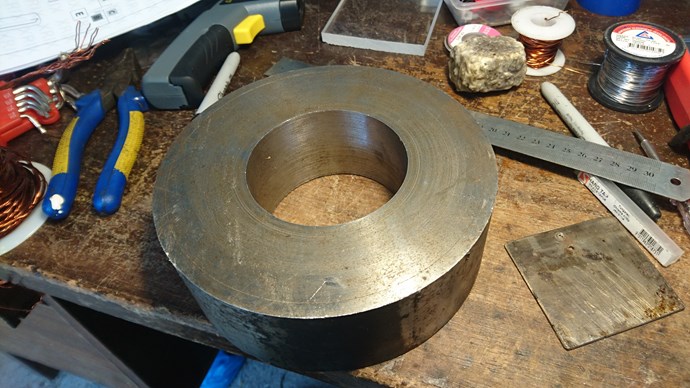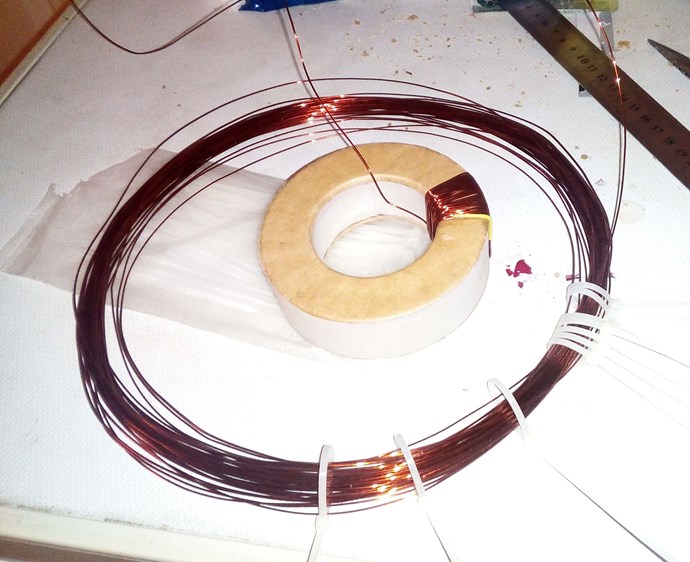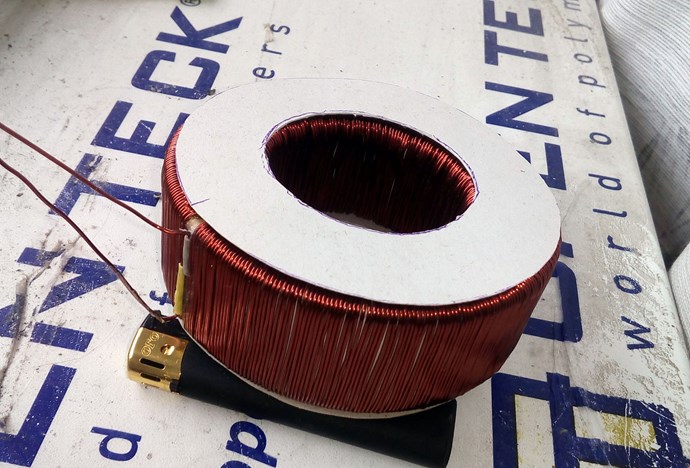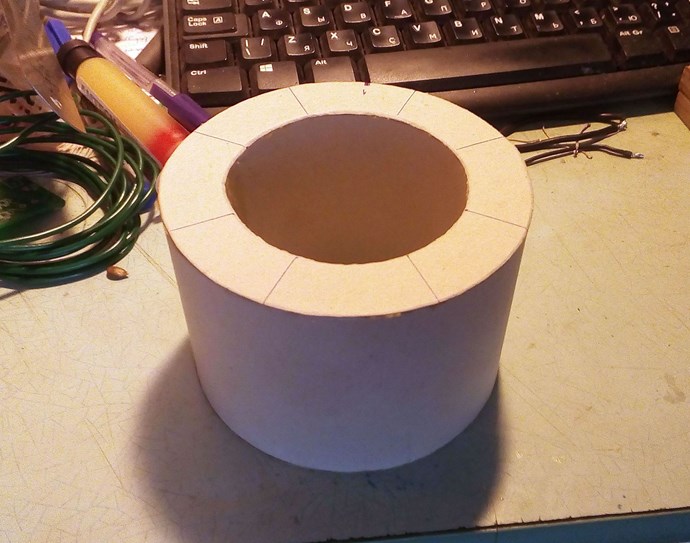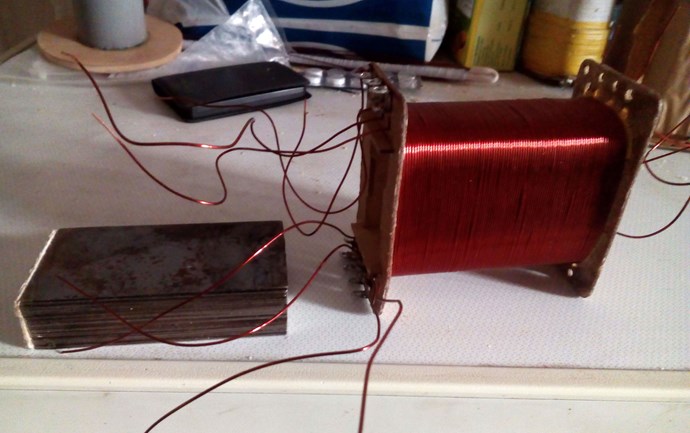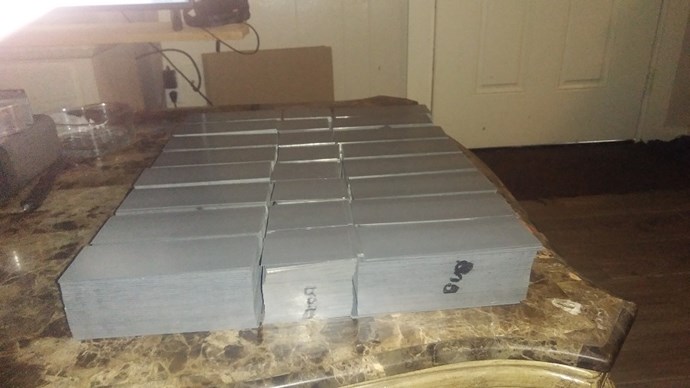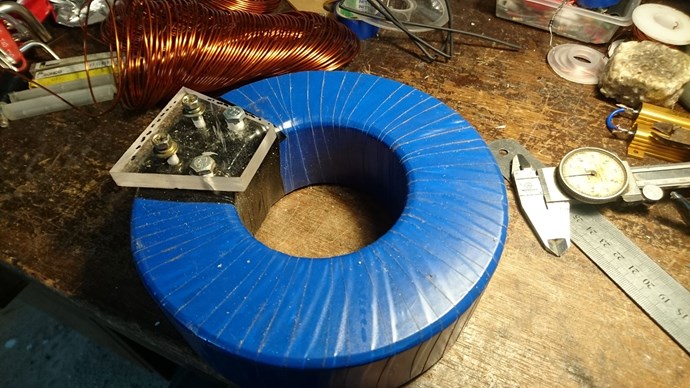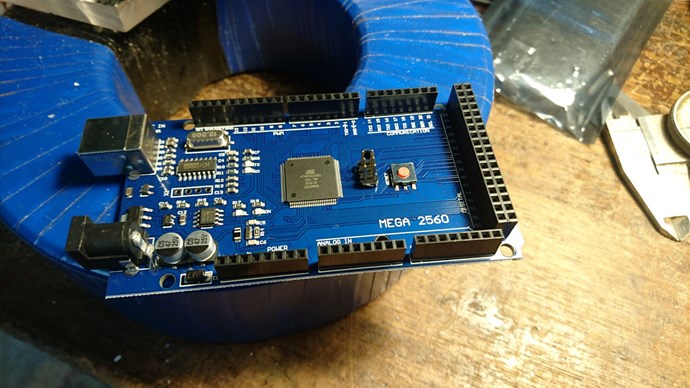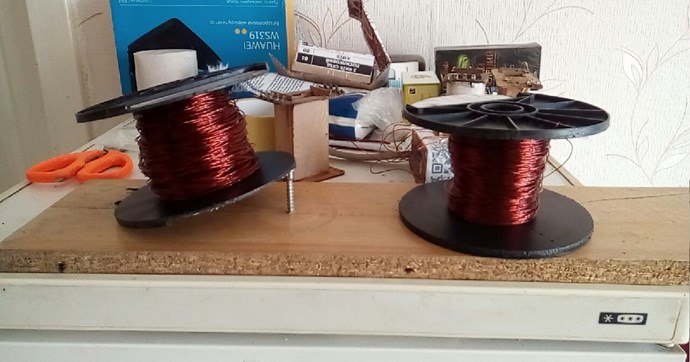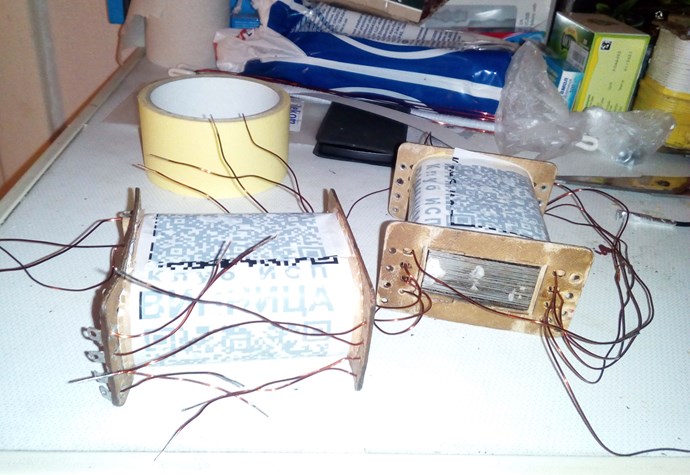creasysee
posted this
25 March 2019
- Last edited 25 March 2019
Hi alset!
You don't need to calculate, sorry. You need to measure.
Experiment #1: Measured U and I: Z = 50V / 0.28A = 178 Ohm.
Experiment #2: Measured U and I: Z = 50V / 0.39A = 128 Ohm.
Experiment #2 (lamps): Measured U and I: Z = 12V / 1.75A = 6.8 Ohm.
Experiment #3 (not published yet): Measured U and I: Z = 50V / 0.72A = 69.4 Ohm.
It looks like you have wrong calculations (Or I have wrong measurements, you can describe where I was wrong, don't hesitate, all people can make mistakes).
Regards, creasysee. 

FYI: The current in primaries has DC part and doesn't cross the zero line. In the same time, the voltage on primaries exceeds source voltage in a few times (I have approx 200-400 volts, I will report later how much Measured: 670 volts) and crosses the zero line.
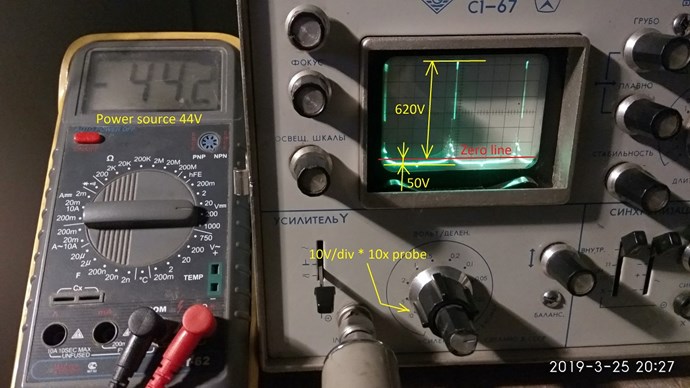
FYI2: Sorry I don't know another formula for calculation impedance of inductance. Found it. Thanks. I'll fix it.
FYI3: Sorry, the voltage on the connected lamps instead of primaries is varying from 0 to 12V at 0.5Hz and at 50Hz (power source is 12V). Please note that the waveform has a defect on the upper side, this is due to pulsations from power DC source. I'm sorry, I have maintenance/enhancements of my device now.
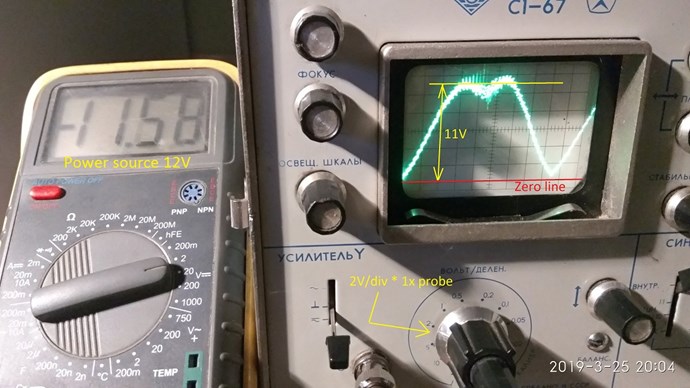
I understand you and I know what is T=L/R. But I'm so sorry, you need to build this and measure. Btw, the variac worked on the 50Hz grid fine (sure, I remember).
Creasysee, I have seen your site with your tests. Congratulations for your great work. Man, if you do not reduce that high impedance, 935 ohm, you are not going to get anything. You need more that 1000 volts to get a current of 1 Ampere. Also note that the coils are a low pass filter with time constant tau = L/R, that in your case is about 3/3 = 1sec. . You will need about five times that time , that is= 5 sec. , to see an increase in input signal to reach its max.output value. If your frequency is high then it has no time to reach it max. output before the input have been reduced again. Therefore your output magnetic field see little variation, and that is not good... Do you have an scope picture of your output voltage after the electromagnets? Check it. Also note that the impedance Z is not calculated as you wrote as R + XL, but it must be calculated as: Z = SQRT( R^2 + XL^2 ) Hope to help!
![]()










